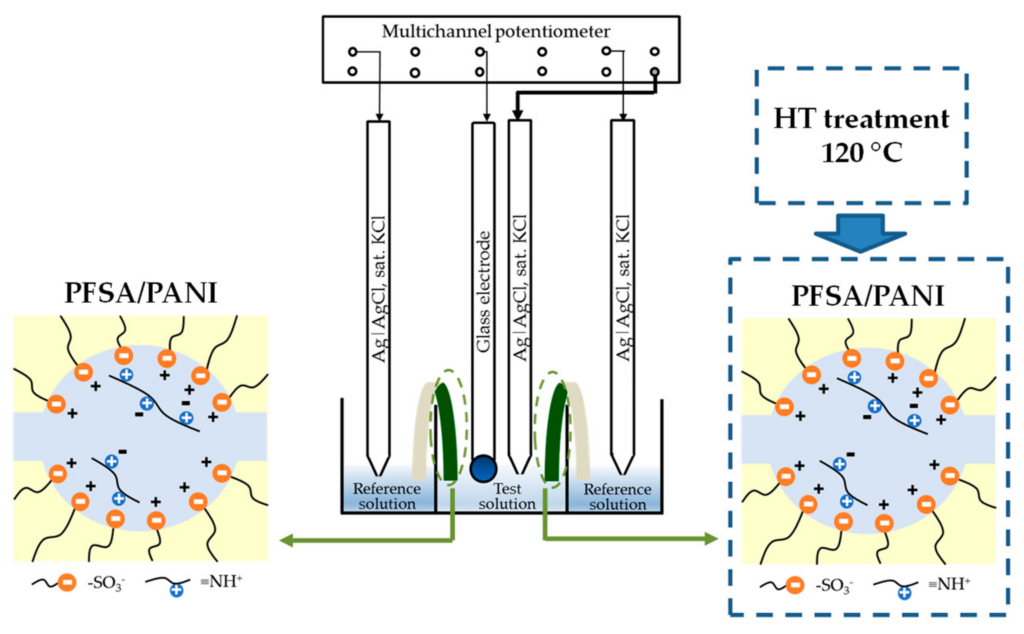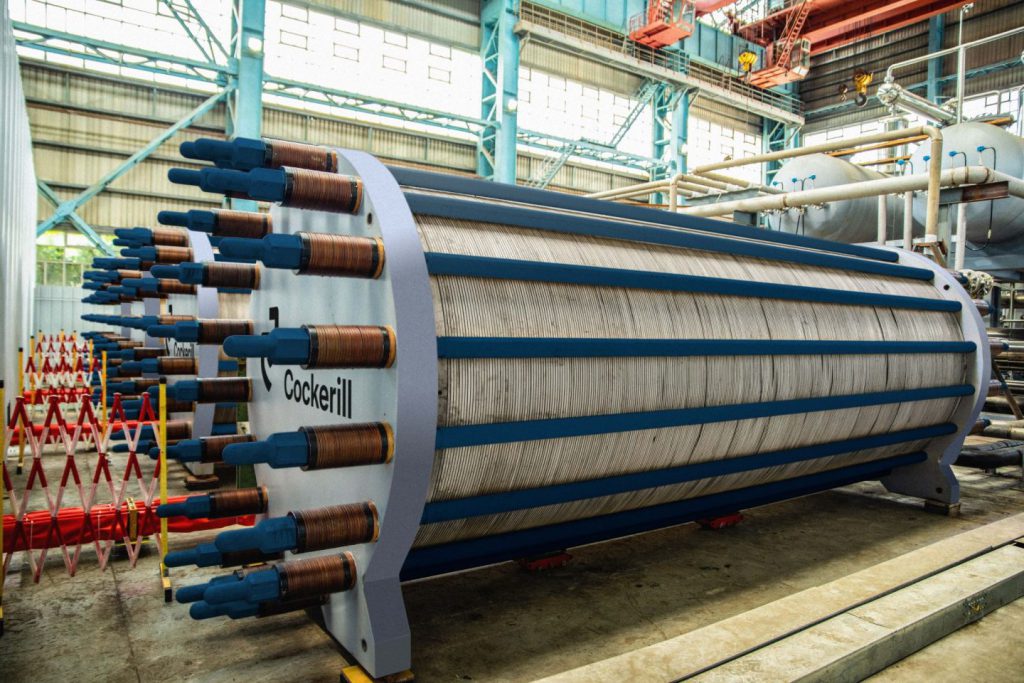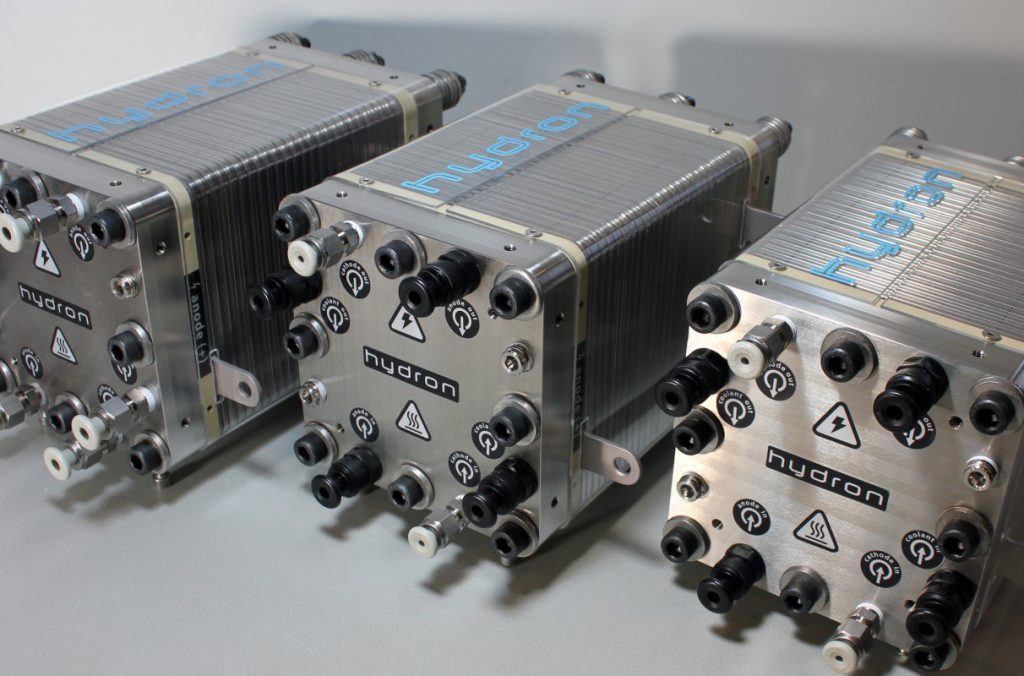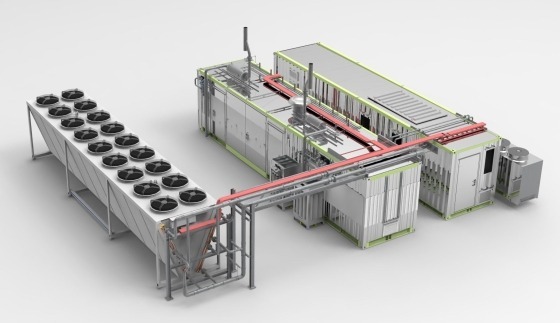Electrode Reactions in PEM Fuel Cells: An In-Depth Look at the Anode and Cathode Processes
More organizations view PEMFCs as a promising alternative for creating sustainable energy through clean methods. The hydrogen conversion process takes place at both the anode and cathode, where electrochemical reactions carry out complex mechanisms. Reaction efficiency determines the complete fuel cell performance. We will study electrode reactions in PEM fuel cells through anode and








